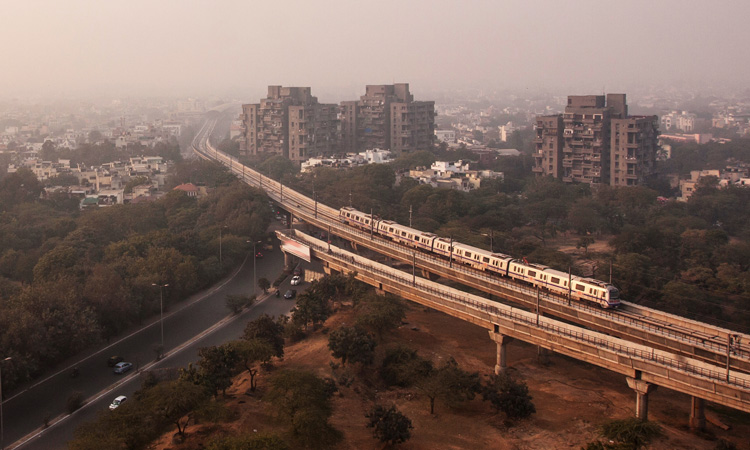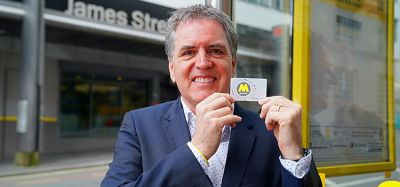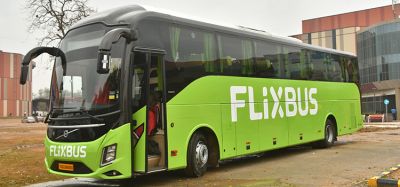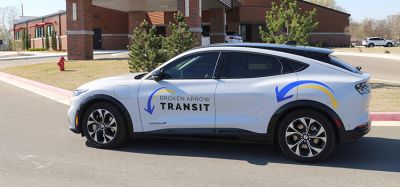Indian cities must act now to revive mobility, CSE analysis suggests
- Like
- Digg
- Del
- Tumblr
- VKontakte
- Buffer
- Love This
- Odnoklassniki
- Meneame
- Blogger
- Amazon
- Yahoo Mail
- Gmail
- AOL
- Newsvine
- HackerNews
- Evernote
- MySpace
- Mail.ru
- Viadeo
- Line
- Comments
- Yummly
- SMS
- Viber
- Telegram
- Subscribe
- Skype
- Facebook Messenger
- Kakao
- LiveJournal
- Yammer
- Edgar
- Fintel
- Mix
- Instapaper
- Copy Link
Posted: 1 June 2020 | Sam Mehmet (Intelligent Transport)
The Centre for Science and Environment (CSE) in India has carried out a survey on changing commuting choices post-pandemic in Delhi and surrounding cities in the National Capital Region (NCR) to suggest policy actions to revive mobility post-lockdown.


The Centre for Science and Environment (CSE) has laid out key findings from its ongoing analysis of the impact of the pandemic on mobility and transport in India and globally to highlight the next steps needed in the immediate emergency period, as well as in longer-term strategy for the ‘new normal’.
“The future and the ‘new normal’ that we will be faced with post-lockdown will demand steps to rebuild confidence in mass transit systems while improving it, contact-free walking and cycling, and measures to cut unnecessary travel to reduce pressure on already stressed public transport systems,” said Anumita Roychowdhury, Executive Director-Research and Advocacy, CSE.
The results of the survey suggested that, while use of public transport is expected to reduce in the short-term, there is a positive shift in attitude towards high quality public transport, contact-free walking and cycling, and lifestyle adjustment to reduce unnecessary travel trips in the longer-term.
“This is a strong signal for policymakers. Cities urgently need to leverage the solutions emerging from this crisis to control overcrowding in buses and metro, maximise fleet utilisation to improve services, plan for augmentation, make massive shift towards walking and cycling to give options of contact free travel to all income classes and also re-engineer workplace to reduce unnecessary travel needs to take the pressure off the stressed public transport systems. We cannot miss the bus now,” Roychowdhury said.
CSE policy pointers for rebuilding mobility and public transport systems
Health and safety
The overall ranking of the factors that will influence the preference for using public transport shows that health safety is now the top concern. This is followed by road safety, availability of mode options, comfort, distance of trips, cost of journey and environmental consciousness.
Preference for car ownership and usage to increase in the short-term but declines in the longer-term
Among the respondents, 64 per cent already own vehicles (car, two-wheelers including multiple ownership) and 36 per cent do not own any vehicles. Among all respondents, about 28 per cent have said they may want to buy a vehicle for safety reasons in the near future. However, among the 36 per cent of those who do not own any vehicle, about 43 per cent of them have said they do not wish to own any vehicle in the near future.
Long-term positive sign positive for public transport and walking and cycling
- Within six months of post lockdown, metro ridership will decline from 37 per cent at pre lockdown level to 16 per cent
- Cars and two-wheelers share will increase from 28 per cent to 38 per cent
- Walking and cycling share will increase from four per cent to 12 per cent
- In the long-term, (one-two years and beyond) total bus and metro share will regain and increase from 45 per cent to 47 per cent.
Preference for high quality public transport
The majority of the respondents – 73 per cent – stated that they would prefer to use public transport if it meets high quality standards for services. About 22 per cent said that they will continue to use personal transport and the rest will move to cab and shared mobility.
38 per cent will use public transport for connectivity, 23 per cent each for cost effectiveness and sustainability, and 16 per cent to avoid traffic.
Level of access to public transport modes
At Delhi-NCR wide level, close to 40 per cent do not have access to bus stops within 500 metres; and 69 per cent do not have access to metro stations within 500 metres.
However, about 34 per cent have access to a bus stop within 200 metres and 11 per cent have access to metro within 200 metres.
Fiscal and bail out packages to revive public transport
Cities such as London are working towards a bailout package of emergency fund worth £1.6 billion, and the CSE analysis urged that these strategies have to begin immediately in India.
Moving forward
The CSE urged that this is the opportunity to redesign India’s mobility strategies. In order to do so, it suggested that India must:
- Rebuild public confidence in safe public transport with stringent implementation of hygiene and social distancing measures
- Design reform based fiscal package and fiscal instruments to support revival of transit systems and reduce cost burden on bus-based systems
- Allocate more protected lanes to buses to maximise fleet utilisation and carrying capacity
- Implement long term strategies to augment integrated public transport and services
- Adopt measures like work from home, staggered timing etc to reduce unnecessary travel trips and move short trips to walking and cycling as much as possible
- Need emergency scaling up of protected footpaths and cycle lanes with flexible barriers to enable all income groups to access workplace and meet other needs within a reasonable radius of residence.
Related topics
COVID-19, Fleet Management & Maintenance, Infrastructure & Urban Planning, Mobility Services, Passenger Accessibility, Public Transport, Transport Governance & Policy, Vehicle & Passenger Safety
Related cities
India
Related organisations
Centre for Science and Environment (CSE)
Related people
Anumita Roychowdhury








